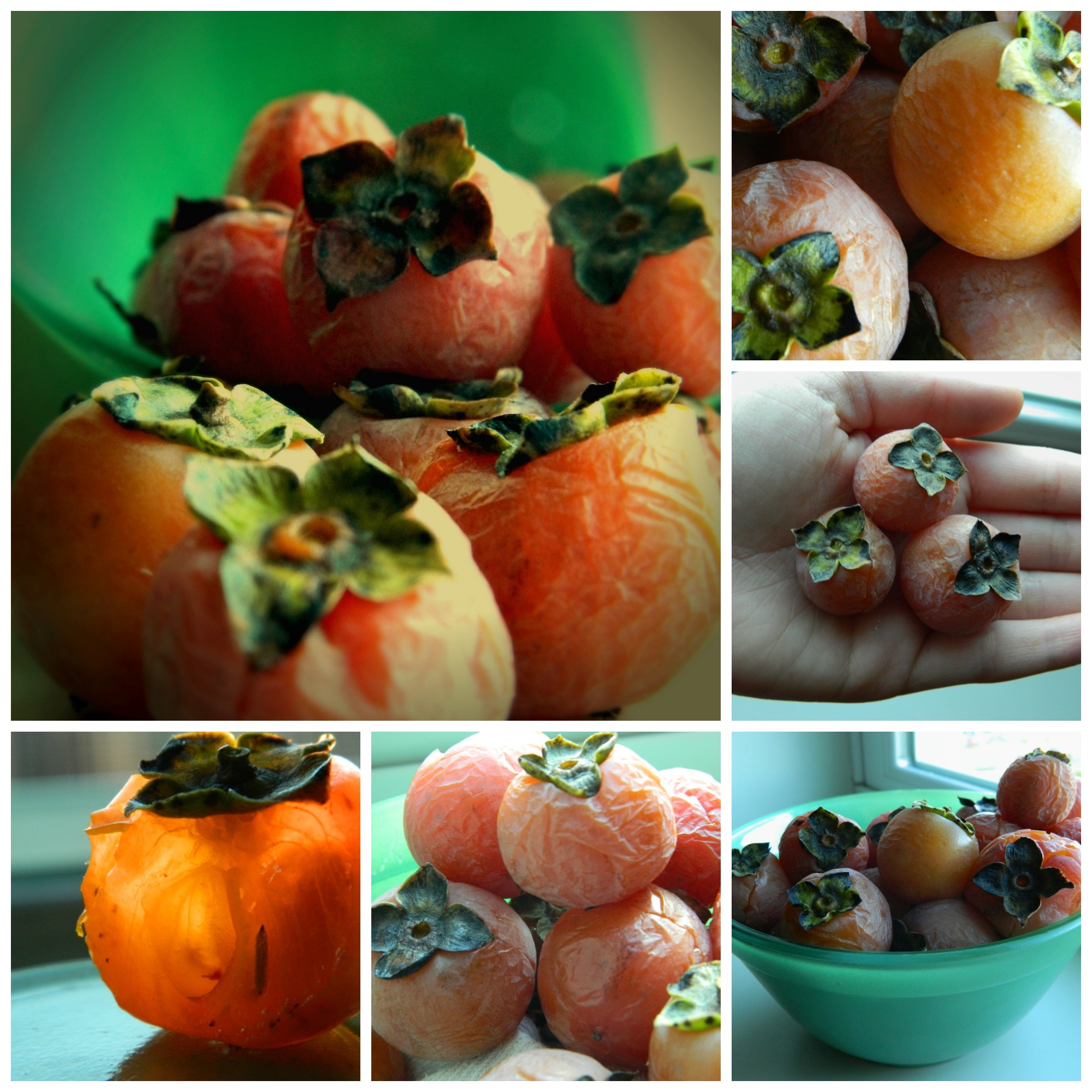American Persimmon : Overview
By Leah Rogstad
The American Persimmon- Diospyros virginiana
Persimmons are the type of surprise you almost don’t wait long enough to experience. While scavenging about one of the Persimmon trees outside Jeffords Hall as fervent as a hungry raccoon, I rattled the branches hanging with the yellow fruits only to be disappointed by their determination to hang to the tree. Too impatient to wait for the first frost when the fruits ripen and fall, I plucked one of the quarter-sized fruits from its branch and sunk my teeth into its firm flesh. The fruit retaliated by releasing tannins, leaving my mouth cotton-ball dry. Discouraged in my forage, I turned to leave when I discovered a single, red fruit at the base of the tree. Mushy like a rotten tomato and wounded from the nibbles of rodents, the fruit seemed all but desirable. I timidly peeled away the skin and consumed the gooey insides only to be overcome with the sweetness of apricot jam, a shocking contrast to the inedible cotton ball I had consumed on the tree.
Perhaps this strong flavor juxtaposition could explain why Daoist wisdom considered a mixture of “crab and persimmon” to be poisonous, or why Algonquins first named the fruit with the “pos” prefix (meaning choke) to hint at its astringency. This strange quality of persimmons has caused this relatively common tree to play a cultural role in the United States in everything from folk songs and children’s games, to the production of coffee during wars and herbal medicine. This profile will provide a general summary of the tree’s features, its uses, and cultural connections.

